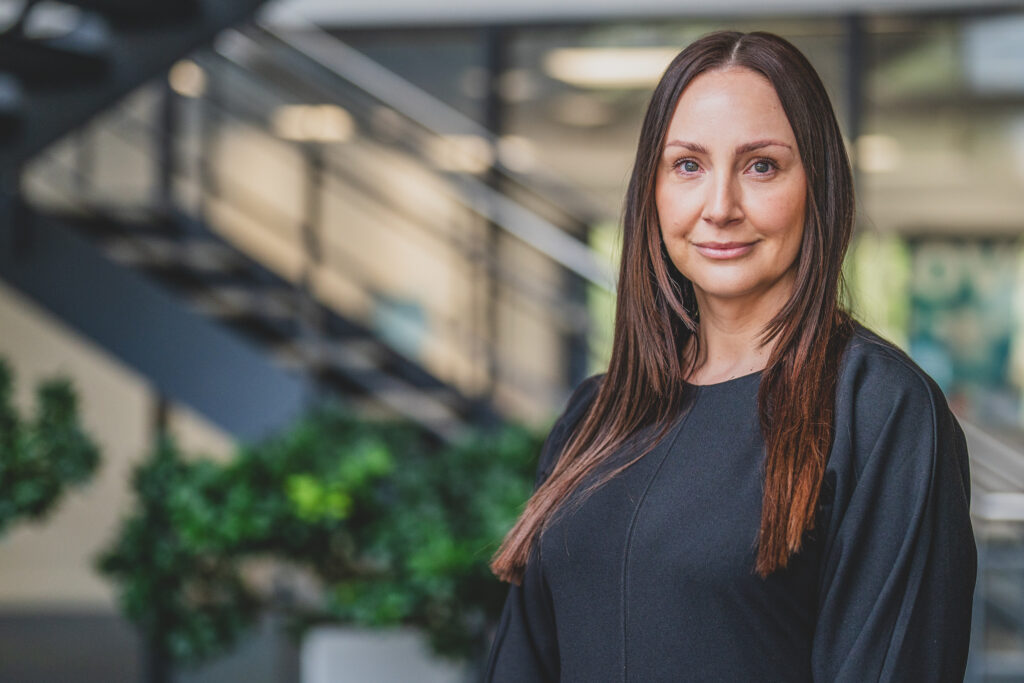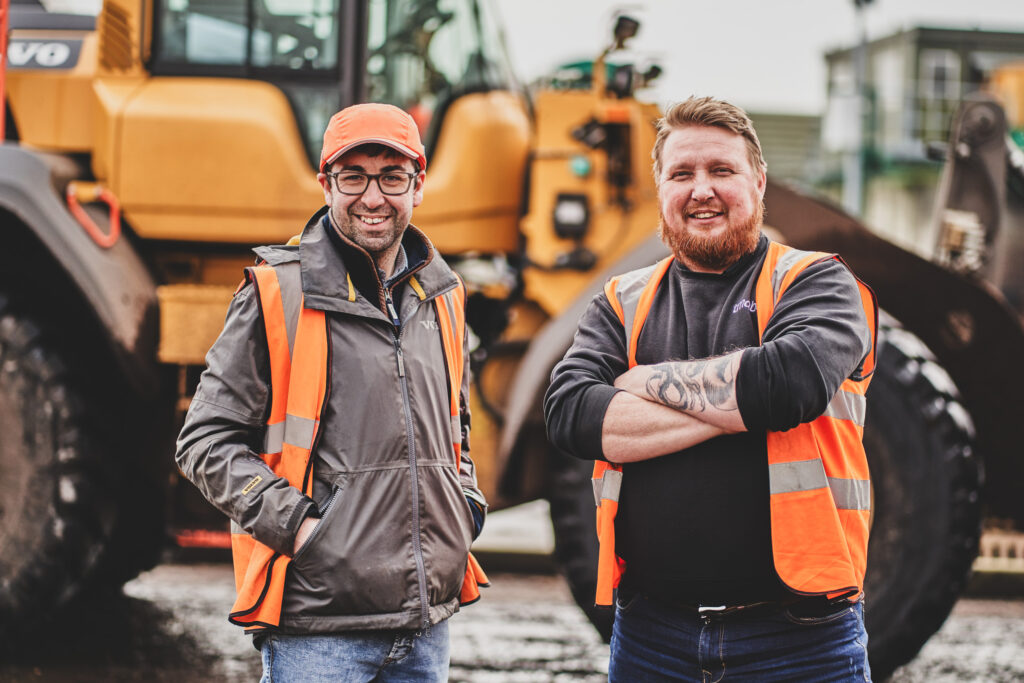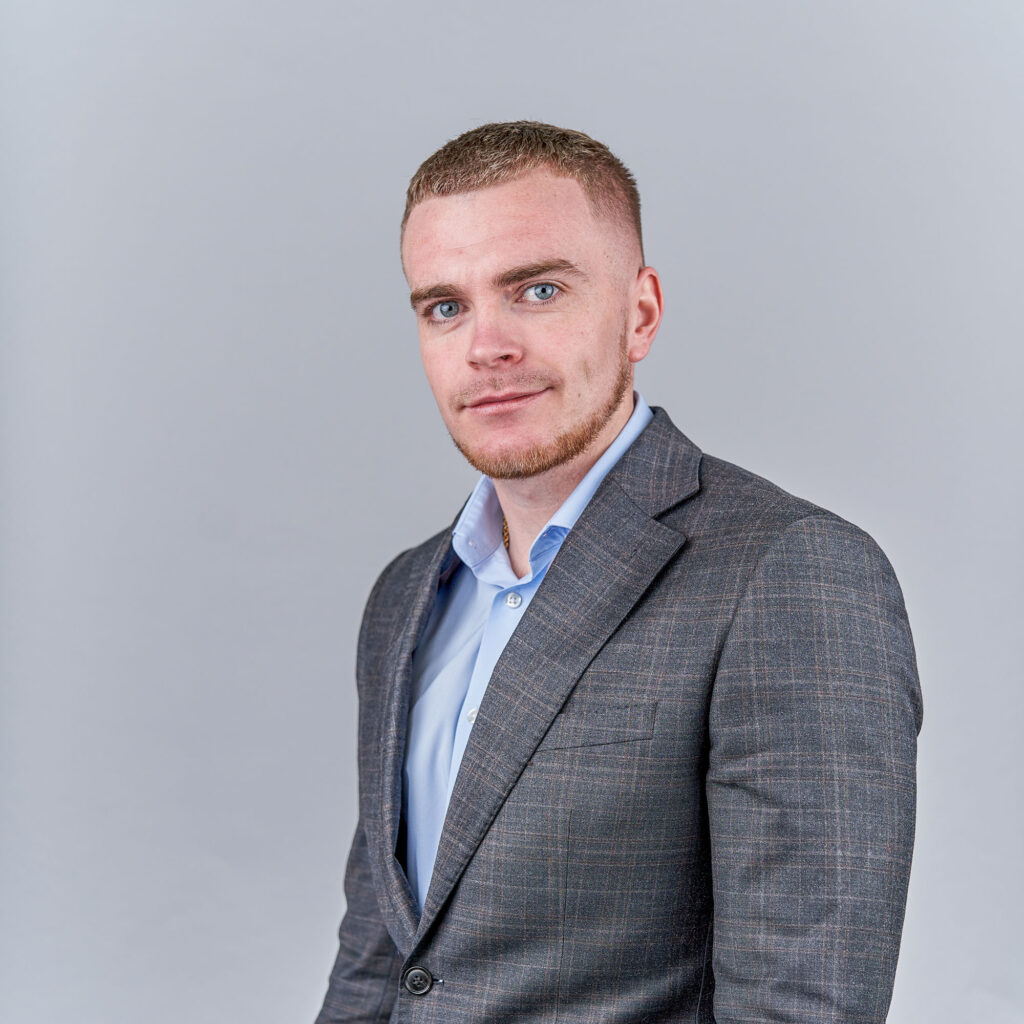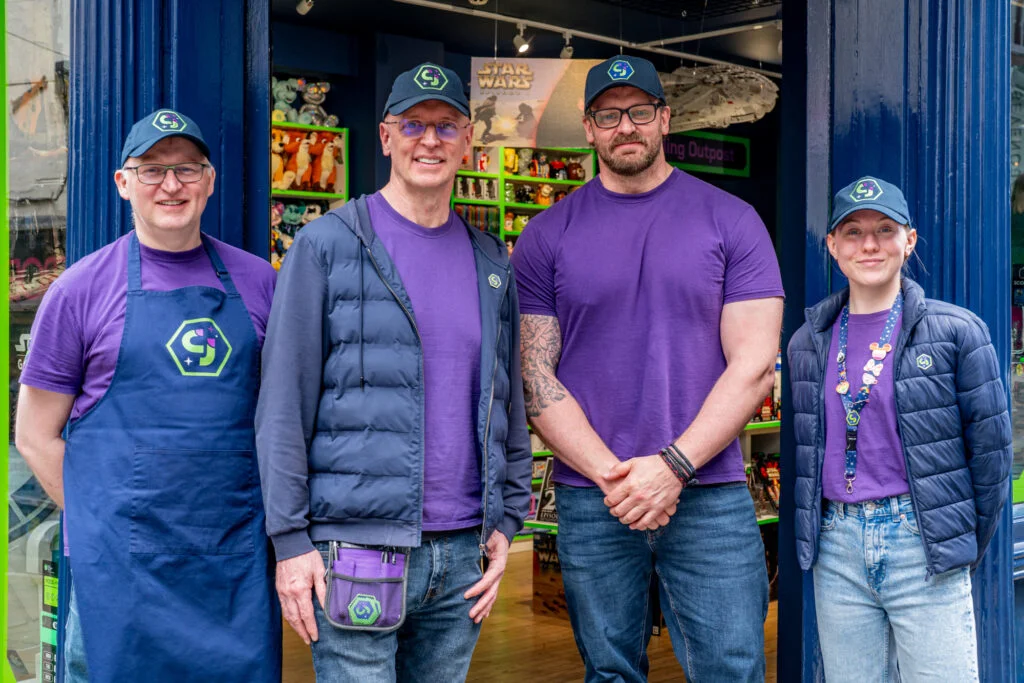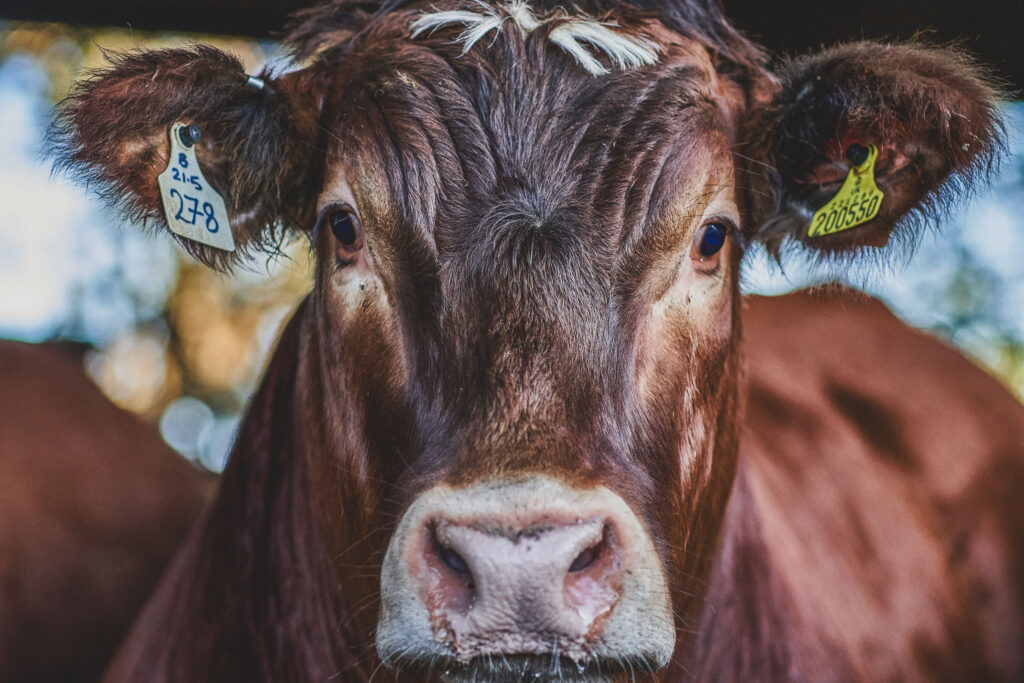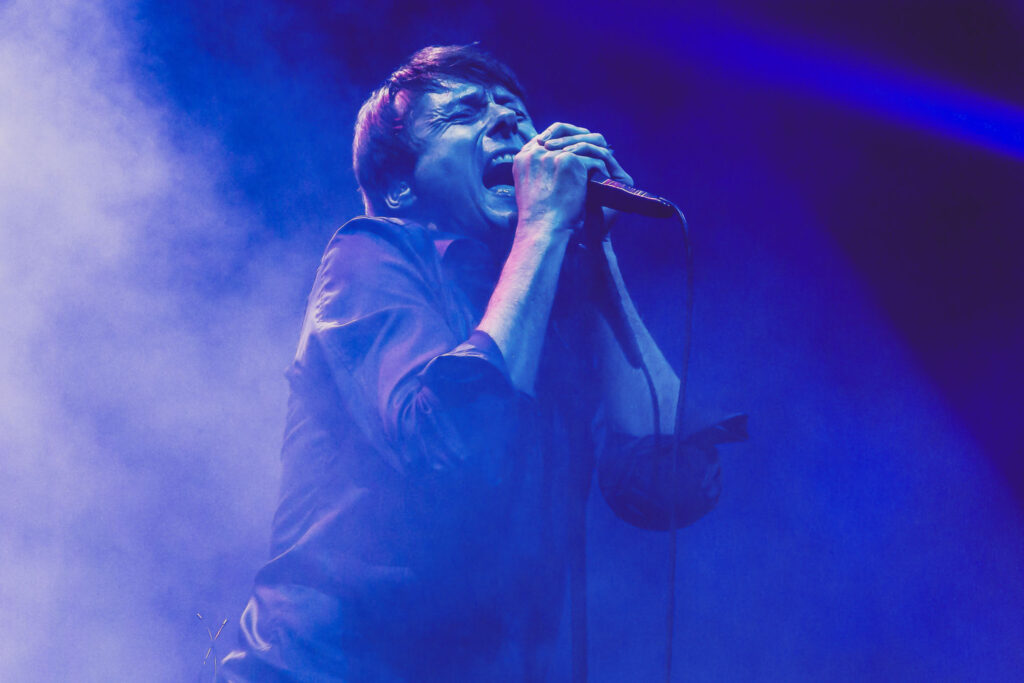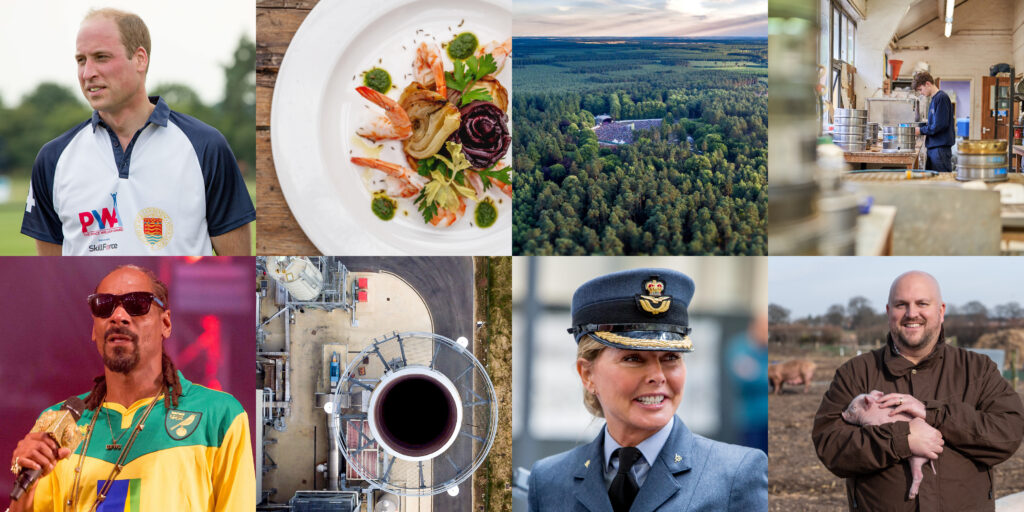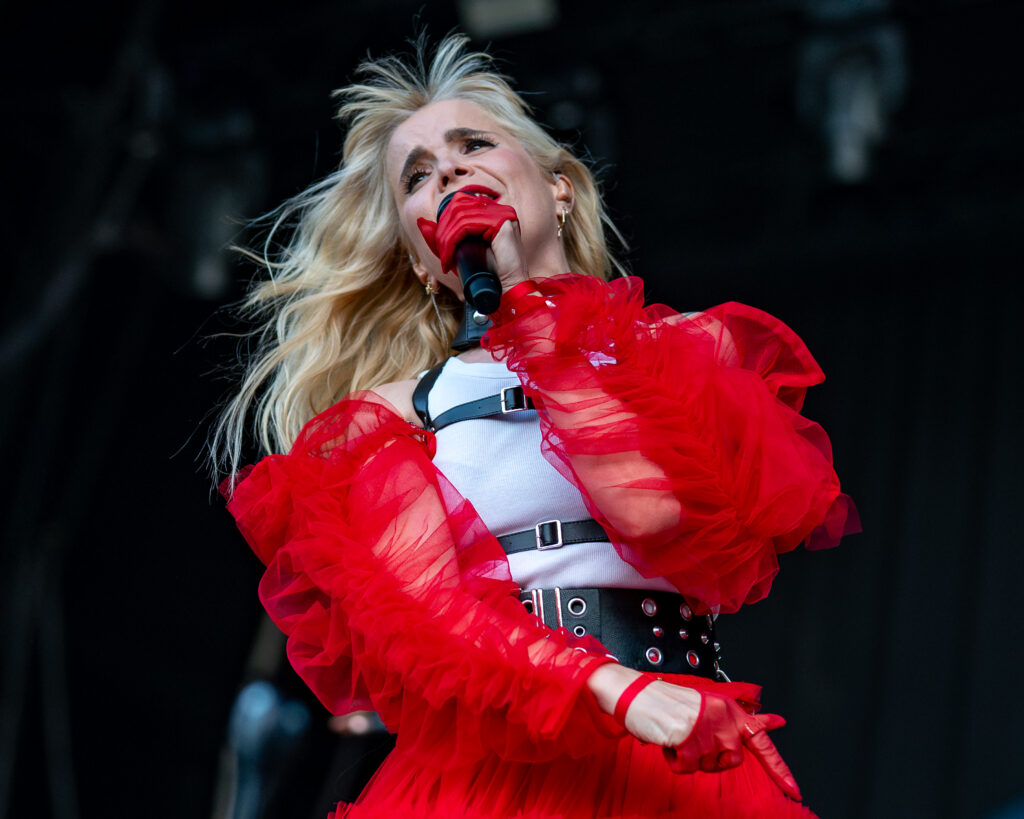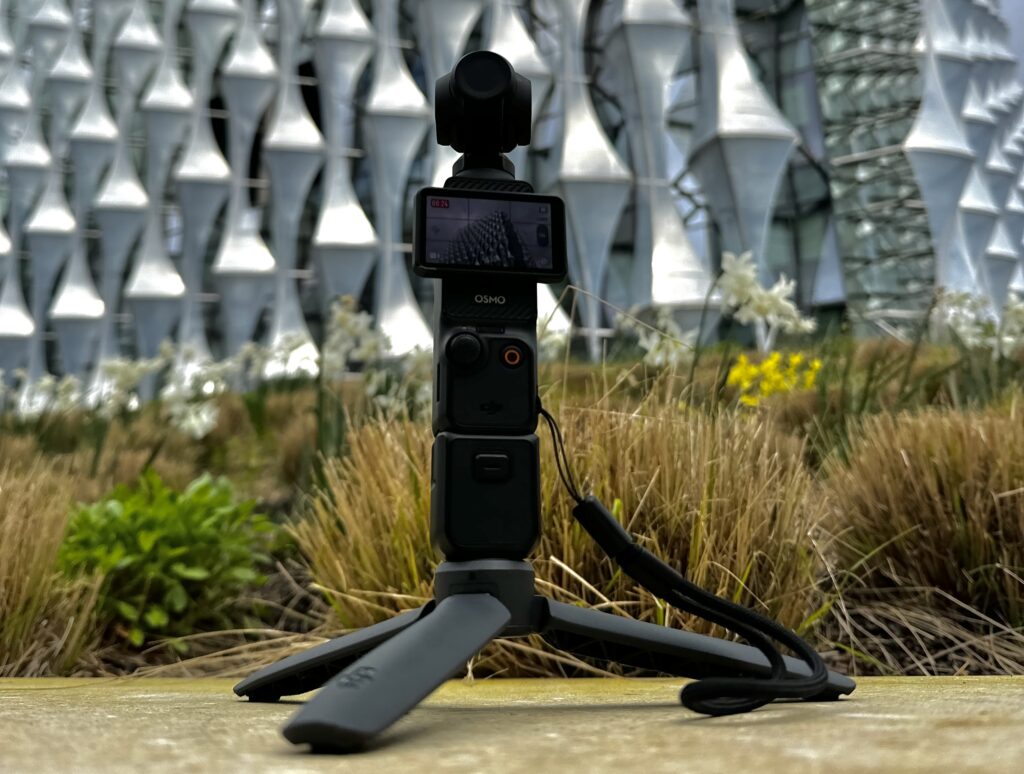A Norwich Portrait Photographer talks light, composition and making clients feel comfortable
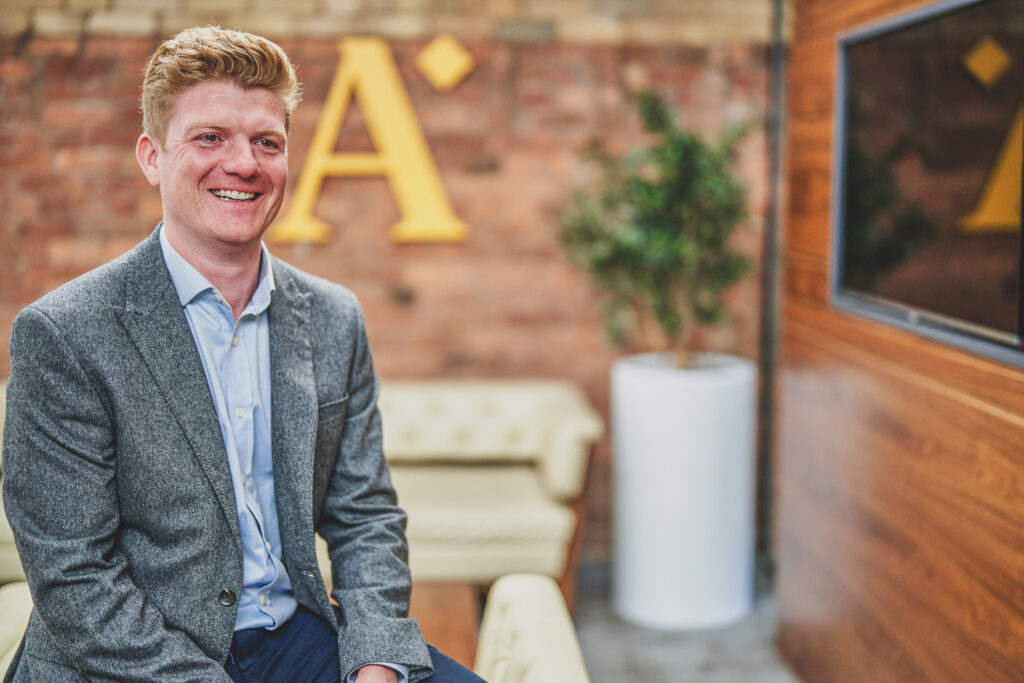
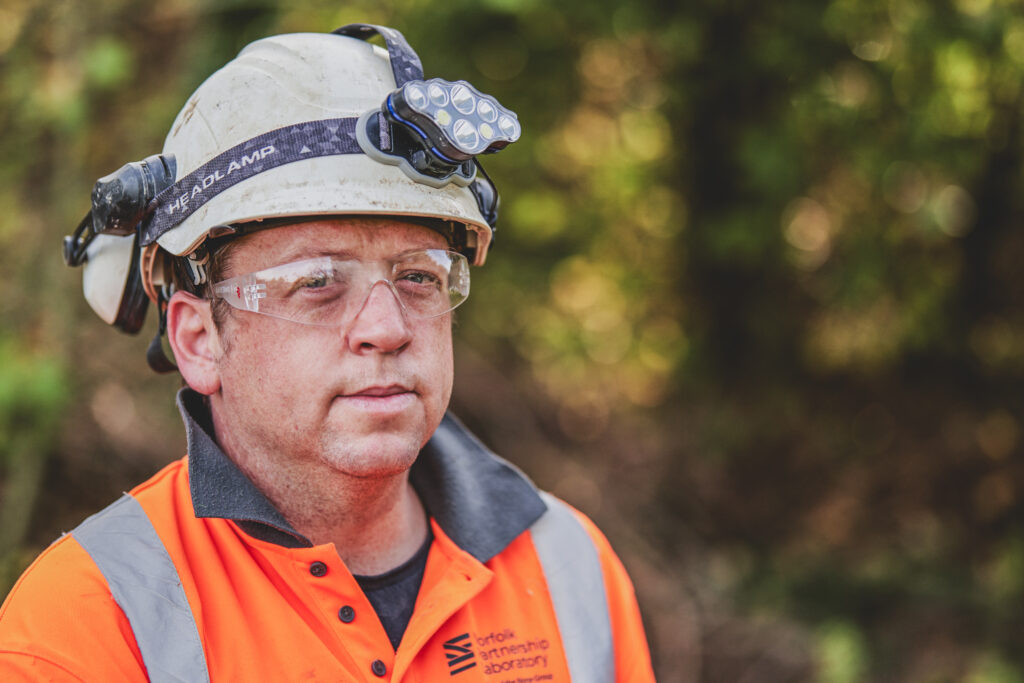
As a Norwich portrait photographer working only in the commercial photography, video production and podcast sectors, I’ve worked with every conceivable type of business type you could think of.
I’ve come to appreciate that my subjects and clients have a tendency to feel much more relaxed and at ease when there are no studio lights and I opt instead, for the unique charm and versatility of shooting portrait photography with natural light.
In this blog post, I’ll share a few of my experiences and tips on how I capturing stunning portraits using natural light and a minimal level of camera equipment and editing.
Mastering Portraits with a Prime Lens and Shallow Depth of Field:
Using a prime lens with a wide aperture, such as the Sony 85mm f/1.2 G-Master, can create stunning portraits with a beautiful shallow depth of field.
This effect isolates the subject from the background, creating a dreamy and professional look.
Having worked for over a decade with a primary skill as a Norwich Portrait Photographer, here are some tips for focusing on the subject and guiding them on how to stand or sit for the best results.
Tips for Focusing on the Subject
Use Eye Autofocus (Eye AF)
Modern Sony cameras have excellent Eye AF technology, with the newest of camera bodies, incorporating Artificial Intelligence to focus assist and track.
Eye AF automatically focuses on the subject’s eye, ensuring sharpness where it matters most. Make sure this feature is enabled for portrait shoots.
Single Point Focus:
If you prefer manual control, use single-point focus mode and place the focus point over the subject’s eye. This ensures the eye is in sharp focus, which is crucial for engaging portraits.
Aperture Considerations:
While shooting wide open at f/1.2 creates a beautiful bokeh, it also means a very shallow depth of field. Be precise with your focus, as even slight movements can result in missed focus.
You might need to stop down slightly (e.g., to f/1.8 or f/2) for a bit more depth if you struggle with keeping the subject’s eyes in focus. The G-Master 50mm prime has always been my lens of choice. I absolutely love the results it delivers.
f/1.2 gives a separation point from the face to ear, which is so shallow, the eye should be pin-sharp, but a drop off means that ears are often out of focus.
This is exaggerated the closer you are to the subject, so you need to consider this, but shooting wide open means you have so much light, that your iso should be incredibly low unless you;re shooting in the dark.
Focus Peaking:
Use focus peaking in manual focus mode to highlight the in-focus areas of your image. This is especially useful when working with such narrow depth of field.
Stabilise Yourself:
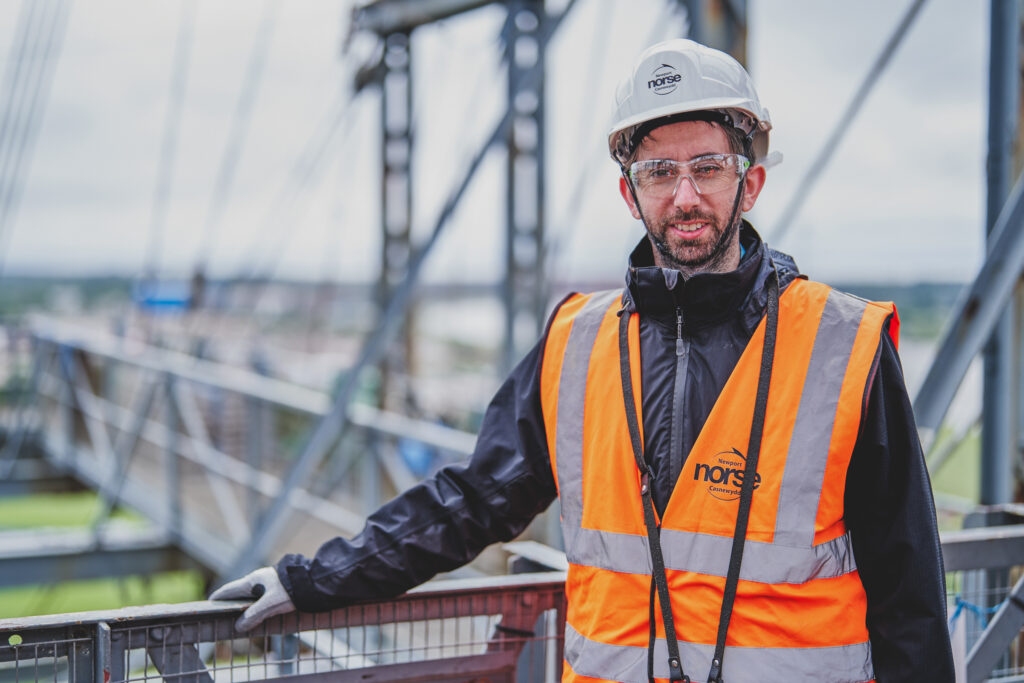

Keep your body steady while shooting. To be fair, anything over 1/60th to 1/125th shouldn’t need any type of stabilisation
If lighting conditions are challenging, use a tripod or monopod if necessary to reduce camera shake, ensuring sharper images.
How to Deal with Portrait Subjects Who Say “I Hate Having My Photo Taken”
As a Norwich portrait photographer, Many subjects dislike their photographs being taken. It’s the biggest talking point whenever I shoot at larger businesses.
We’re in an age where filters and instagram mean that images can be manipulated and professional cameras can bring out flaws or looks that people genuinely dislike.
Many times, staff business headshots are used for reference, to identify who people are within a business and for internal directories.
People express a dislike for having their photo taken, which can stem from a variety of reasons such as self-consciousness or past negative experiences.
Here are some strategies I use that may help put your subjects at ease and capture beautiful, natural portraits.
Build Rapport Before the Shoot
Initial Consultation: Schedule a meeting or a phone call before the session to get to know your subject, particularly if your session his with only one person.
Discuss their concerns and preferences, and share your approach to photography.
Warm-Up Conversation: Start the session with a friendly chat to make your subject feel more comfortable and less like they’re about to endure a formal photoshoot.
Create a Relaxed Environment
Comfortable Setting: Choose a location where your subject feels at ease, preferably away from other staff where there won’t be an audience.
Music and Atmosphere: Play some of their favorite music in the background to create a relaxing and enjoyable atmosphere.
Provide Gentle Guidance
Posing Tips: Offer simple and natural posing suggestions. Avoid rigid poses and instead, encourage movements that feel natural to them.
Encouragement: Give positive feedback and encouragement throughout the shoot. Compliment their appearance and reassure them that they’re doing great.
4. Engage and Distract
Conversation: Keep the conversation flowing to distract them from the camera. Talk about their interests, hobbies, or funny stories.
Activities: Incorporate activities they enjoy. For example, if they love reading, have them bring a book, or if they enjoy walking, capture candid shots as they stroll.
Standing Poses
Relaxed Stance: Have the subject shift their weight onto one leg, creating a natural and relaxed posture. This also helps in creating flattering body lines.
Interaction with the Environment: Encourage the subject to lean against a wall or a bannister, or to interact with the surroundings for a more candid feel.
Hand Placement: Guide the subject on where to place their hands. They can place one hand in a pocket, or gently touch their face or hair for a more dynamic look.
Seated Poses
On a Bench or Chair: Ensure the subject sits slightly forward with their back straight but relaxed. They can rest one elbow on a knee or the back of the chair for a casual, confident look.
Head and Eye Direction
Eye Contact: Direct eye contact with the camera creates a strong connection with the viewer. For a more introspective or candid look, have the subject look slightly off-camera.
Chin Position: A slightly lowered or raised chin can dramatically change the mood of the portrait. Experiment with different angles to find the most flattering position.
Expressions
Encourage natural expressions by engaging in conversation or using prompts that evoke genuine emotions. A relaxed smile or a thoughtful gaze can add depth to the portrait.
Body Angles
Have the subject turn their body slightly away from the camera while keeping their face towards the lens. This creates a more flattering angle and adds depth to the portrait.
Rule of Thirds
The rule of thirds is a fundamental principle in photography that helps create balanced and visually appealing compositions.
Imagine your frame divided into nine equal parts by two equally spaced horizontal lines and two equally spaced vertical lines.
The points where these lines intersect are known as power points or focal points.
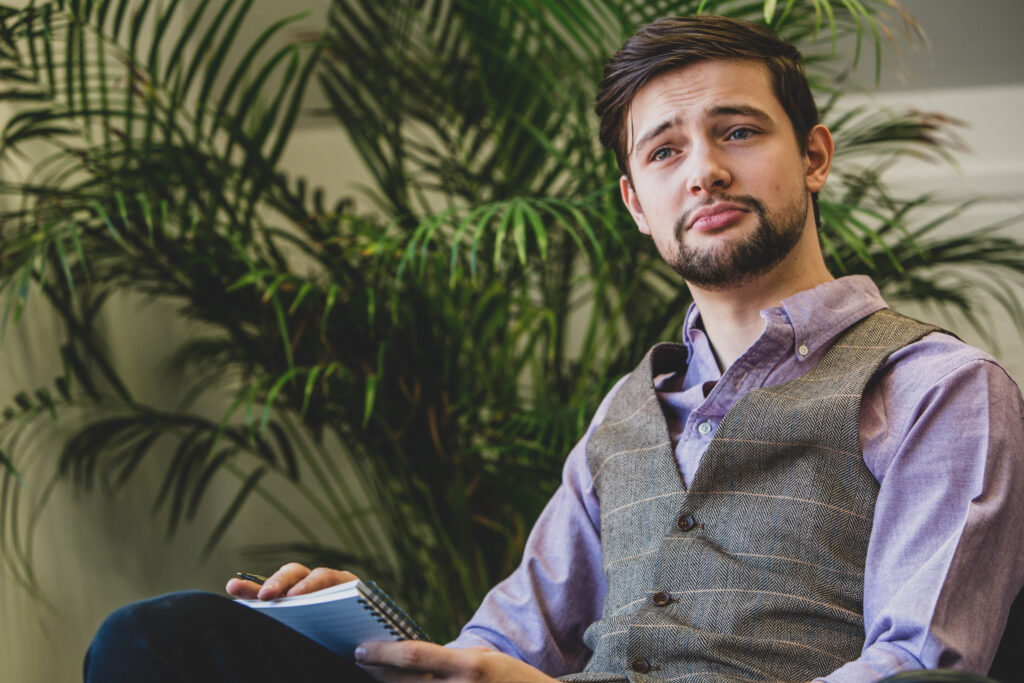
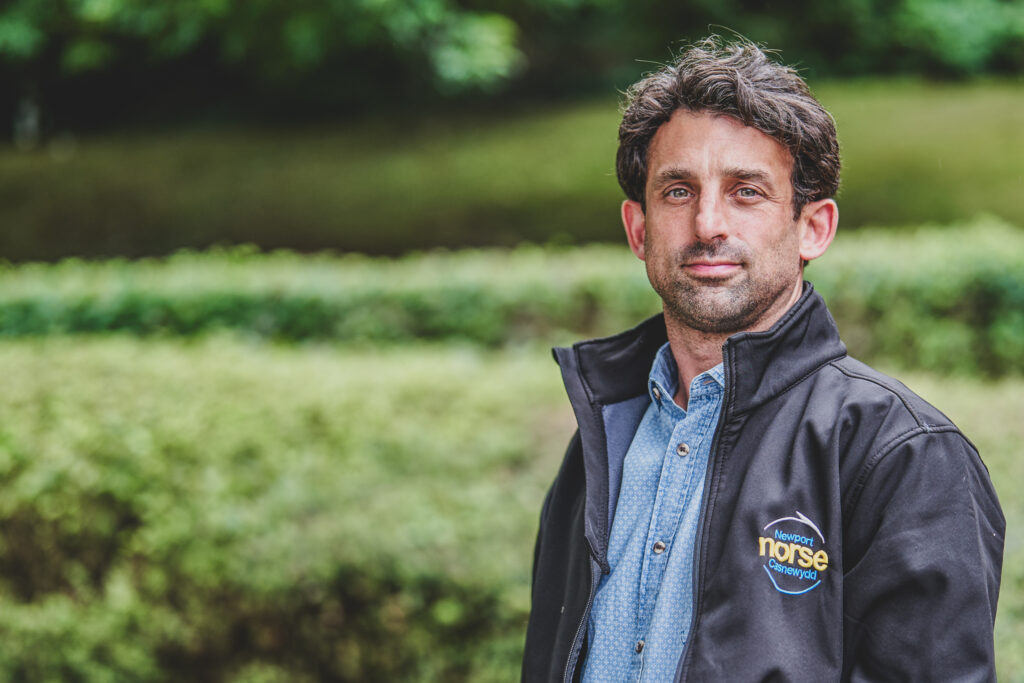
Positioning the Subject’s Eyes for a great rule of thirds
One of the most effective ways to use the rule of thirds in portrait photography is to position your subject’s eyes along the upper third of the frame. Here’s why this technique works so well. Human eyes naturally follow these power points, creating a more engaging and dynamic image.
Positioning the eyes along the upper third draws viewers’ attention immediately to the subject’s face.
By placing the subject’s eyes along the upper third, you create a sense of balance and proportion in the image.
This avoids the awkwardness of a centred composition and makes the photo more pleasing to the eye.
Using the rule of thirds can help add depth to your photos. When the eyes are positioned on the upper third, it often leaves more space in the frame for other elements, contributing to a sense of depth and context.
Creative Framing
This technique also allows for more creative framing. For instance, you can include environmental details or leading lines that guide the viewer’s gaze towards the subject, adding narrative elements to your portrait.
Use Gridlines. Most cameras have a grid overlay feature that you can enable. This helps you align your subject’s eyes with the upper third of the frame easily.
Experiment with Angles. Don’t be afraid to tilt your camera slightly or move around the subject to find the most flattering angle that aligns with the rule of thirds. Try to get the composition right in-camera rather than relying on cropping during post-processing.
This maintains the highest image quality.
The background of a portrait is just as important as the subject. A well-chosen background can enhance the overall composition, direct focus to the subject, and contribute to the story the portrait tells.
Choosing a Simple and Uncluttered Background
As an established Norwich Portrait Photographer, I’m used to working with what’s around me. Many offices are functional over aesthetic, so you can’yt always have plush, minimalistic glass walls and epic views.
However, opting for simple, uncluttered background can significantly improve your portraits:
A clean background ensures that the viewer’s attention remains on the subject. Busy or distracting backgrounds can pull the viewer’s gaze away from the person being photographed.
Enhanced Bokeh Effects are great, but you need a good quality lens. When using a prime lens with a wide aperture, like the Sony 85mm f/1.2 GM, a simple background can enhance the bokeh effect.
This results in a beautiful, creamy blur that makes the subject stand out sharply against the soft backdrop. Tips for Background Selection:
Use natural settings like parks, gardens, or urban locations with plain walls or open skies. These environments often provide simple yet visually appealing backgrounds. Opt for backgrounds with neutral colors like beige, gray, or green.
These colours tend to be less distracting and complement a wide range of skin tones and clothing. Check for Distractions. Before shooting, scan the background for any distractions like bright colours, objects, or patterns that might draw attention away from the subject.
Standing your subject in from t of a fire extinguisher or a bright red fire alarm panel is so annoying, or even using walls as backgrounds and leaving in the light switches are a personal pet hate, that can soon be remedied with a bit of photoshop object removal.
Shoot it on point first time and you won’t have these issues.
Adjust your framing or move to a different spot if needed.
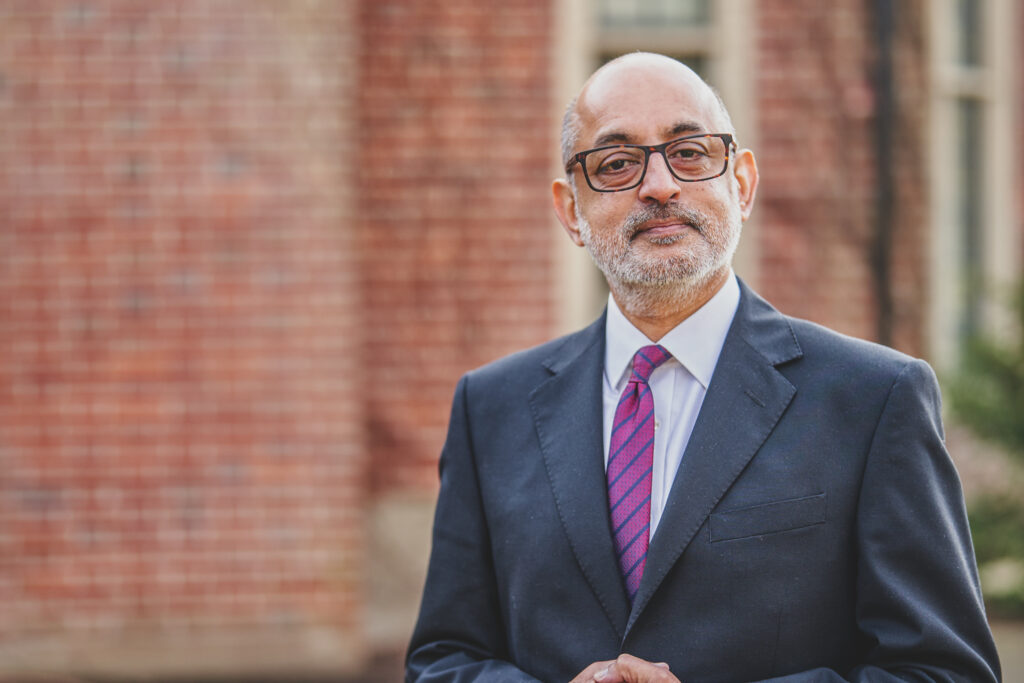
Final Thoughts from Norwich Portrait Photographer, Lee Blanchflower
Implementing the rule of thirds and choosing a simple, uncluttered background are two essential techniques for creating compelling and professional portraits.
As a Norwich portrait photographer, mastering these techniques will help you consistently produce visually striking images that draw viewers in and highlight the beauty of your subjects. By focusing on composition and background, you can elevate your portrait photography to new heights.
You can view other samples from our extensive Portrait galleries by clicking below
Relaxed Headshots
Norwich Portrait Photographer – Formal Portraits shot with studio lighting

